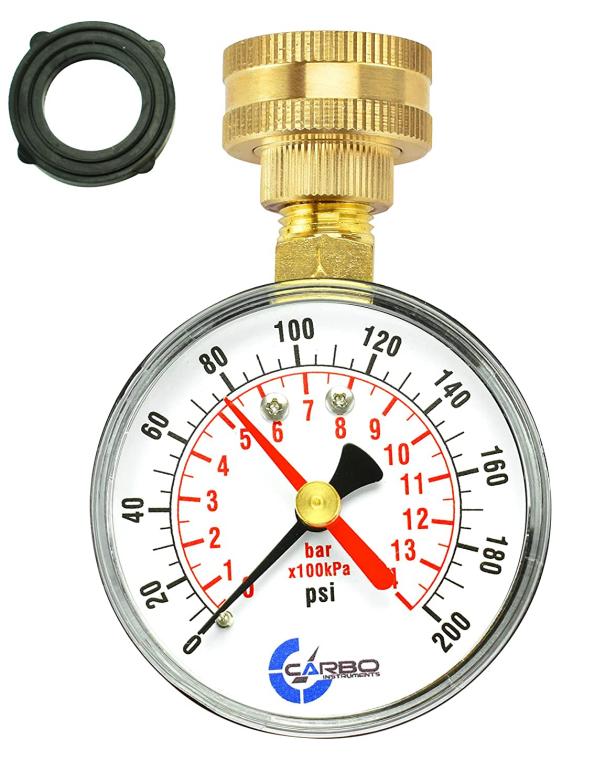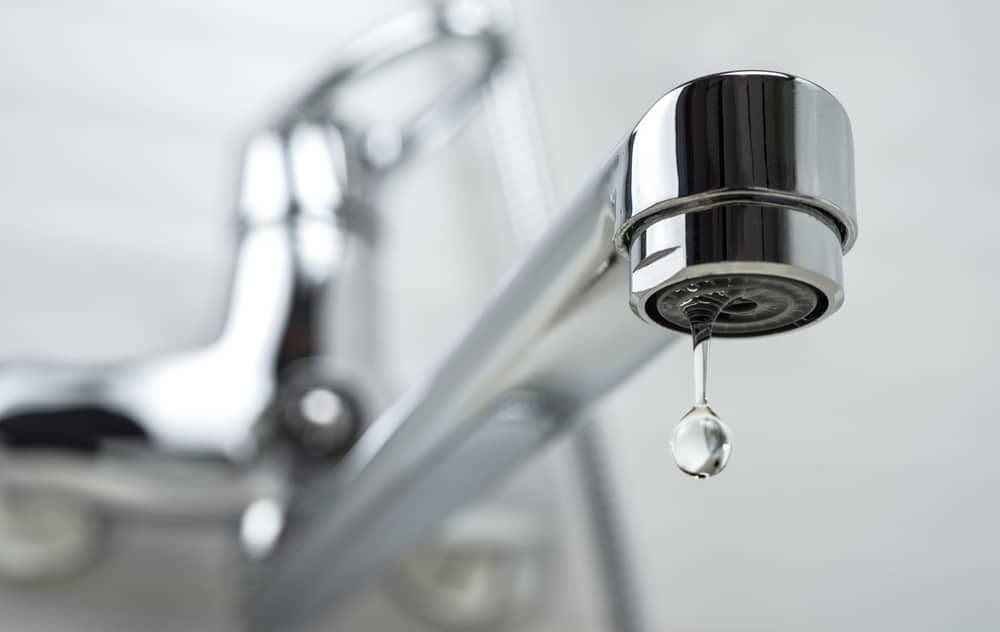My Instruction to Resolving Low Water Pressure in Your Home
My Instruction to Resolving Low Water Pressure in Your Home
Blog Article
In this article underneath you will find a bunch of sensible insight regarding 9 Reasons for Low Water Pressure in Your House.

Low tide pressure in your house can be an aggravating trouble, impacting everything from showering to washing meals. If you're experiencing weak water flow, there are numerous feasible causes and services to explore. In this overview, we'll go over typical factors for low water stress and sensible steps to resolve the problem successfully.
Intro to Low Water Pressure
Low water pressure happens when the flow of water from your faucets, showers, and other components is weak than usual. This can make everyday jobs much more challenging and much less reliable. Recognizing the sources of low water pressure is critical to locating the best option.
Typical Sources Of Low Water Pressure
Faulty Stress Regulatory Authorities
Pressure regulators are responsible for preserving constant water stress in your house. If they malfunction, it can lead to low tide pressure or unequal flow throughout your house.
Municipal Water Issues
Sometimes, the problem exists outside your home. Metropolitan water supply problems, such as main line leaks or upkeep work, can briefly minimize water pressure in your area.
Pipe Obstructions
In time, pipes can end up being blocked with mineral deposits, sediment, or particles, limiting the flow of water. This is a common problem in older homes with galvanized steel pipelines.
Deterioration
Rust within pipes can result in leaks and minimized water pressure. Corrosion build-up can tighten water flow, especially in aging plumbing systems.
How to Identify Low Tide Pressure
Examining Pipes
Check visible pipelines for indications of leaks, corrosion, or clogs. Focus on any uncommon noises, such as banging or rattling pipelines, which can suggest concerns within the plumbing system.
Consulting with a Plumber
If you're not able to identify the root cause of low water pressure, consider hiring a specialist plumber to conduct an extensive inspection. They can determine underlying issues and suggest proper solutions.
Inspecting Taps and Fixtures
Start by examining the water stress at various taps and fixtures throughout your home. If the concern is separated to specific areas, it may indicate localized problems.
DIY Solutions to Repair Low Water Pressure
Flushing Hot Water Heater
Debris build-up in the water heater can restrict flow and reduce effectiveness. Purging the storage tank regularly assists get rid of sediment and keep optimum performance.
Checking Stress Regulatory Authority
Guarantee that the stress regulator is functioning appropriately. Readjusting or replacing the regulatory authority can help bring back appropriate water pressure throughout your home.
Cleaning Up Aerators and Showerheads
Natural resources can collect in aerators and showerheads, minimizing water circulation. Get rid of and clean up these parts consistently to enhance water stress.
Clearing Clogs in Pipeline
For minor obstructions, attempt making use of a plumbing snake or chemical drainpipe cleaner to clear obstructions in pipes. Beware when utilizing chemicals and comply with safety and security guidelines.
When to Call a Professional Plumber
If DIY initiatives stop working to fix the issue or if you think significant plumbing troubles, it's best to seek help from an accredited plumber. They have the experience and tools to resolve complicated concerns safely and successfully.
Safety Nets to Maintain Water Stress
Mounting a Stress Booster
Think about mounting a stress booster pump to improve water stress in areas with regularly reduced flow. This can be specifically helpful for multi-story homes or residential or commercial properties with high-demand fixtures.
Surveillance Water Usage
Bear in mind water usage practices and stay clear of overtaxing the plumbing system. Simple changes, such as astonishing showers and washing lots, can assist maintain ample water stress.
Routine Upkeep
Schedule routine maintenance for your plumbing system to prevent concerns such as deterioration, leakages, and obstructions. Addressing small issues early can aid prevent more substantial repairs later.
Conclusion
Taking care of low water pressure can be discouraging, yet recognizing the underlying reasons and carrying out suitable remedies can bring back optimum flow throughout your home. Whether it's cleaning aerators, inspecting pipelines, or talking to a plumber, taking positive actions can make certain a stable supply of water for your daily needs.
FOUR WAYS TO FIX LOW WATER PRESSURE NOW
Turning on a shower or faucet only to find the water comes out in a sad, slow drizzle is never a good feeling. How exactly are you supposed to wash a pan or take a quick shower when it takes 10 minutes just to rinse off a little soap? The good news is that when your water pressure is bad, there's always a cause: typically one that can be easily fixed. Here are some of the most common causes of low pressure and what you can do to fix the issue:
DEBRIS AND MINERAL DEPOSIT BUILDUPS
If you notice low water pressure from just one or two of the fixtures in your house, the problem likely has to do with debris buildup. Water is full of minerals and other debris, all of which can accumulate in your pipes and on your fixtures. This can cause a blockage that affects how much water flows through. To fix this, try filling a small plastic bag with white vinegar, and use a rubber band to hang it around your showerhead or faucet. Let the head of the fixture soak for a few hours, and the vinegar should loosen the deposits.
WATER LEAKS
Leaks are another common cause of low water pressure. If water is flowing out of your plumbing through a hole or crack before it can reach your fixture, the pressure coming out of the faucet or showerhead will be lower. A plumbing professional is your best bet for finding and repairing a leak in your water supply pipes.
Leaks are another common cause of low water pressure. If water is flowing out of your plumbing through a hole or crack before it can reach your fixture, the pressure coming out of the faucet or showerhead will be lower. A plumbing professional is your best bet for finding and repairing a leak in your water supply pipes.
A VALVE ISSUE
If you have low water pressure throughout your home, check your main shut-off valve to make sure it's completely open. You may also want to see if there's a pressure-reducing valve installed. If there is, have a plumber help you adjust the settings to get the pressure you're looking for.
OTHERS USING WATER
Believe it or not, your low water pressure could be caused by your neighbors. If you notice low pressure at certain times of day, it may be because you and the people living next to you have similar schedules - when everyone is showering at the same time, the pressure will be lower in every home. Low pressure throughout the neighborhood may also be caused by an issue with your municipal water supply. If that's the case, call the supplier to see if they're working on the issue.
https://www.rotorooter.com/blog/water-leaking/low-water-pressure-fixes/

Do you appreciate reading up on Low Water Pressure in the House?? Put feedback down below. We'd be glad to hear your opinion about this write up. We are looking forward to see you back again later on. For those who enjoyed reading our page please do not forget to pass it around. Thank you for taking the time to read it.
Call Today Report this page